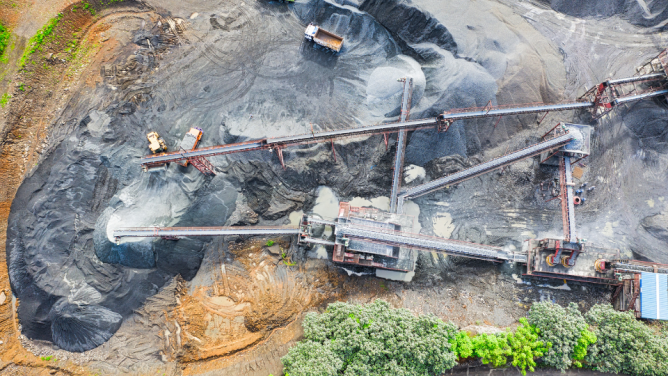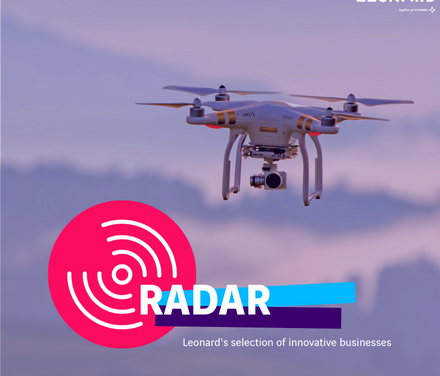When we talk of farming, what first come to mind are bucolic scenes of agricultural machinery and livestock often spring to mind. While our collective imagination features expansive stretches of wheat and alfalfa fields, we are not so familiar with scenes of algaculture – well, not yet anyway. The specialist domain of algae farming is relatively unknown, yet it holds surprising promise. A wide-range of sectors such as the food, cosmetics, medicine and even construction industries are today gearing up to employ it in a whole manner of ways. In the urban landscape, these tiny aquatic organisms – in particularly microalgae – have inspired solutions for reducing pollution, creating new materials and even urban farming. To uncover their secrets, we chatted to Olivier Lépine, managing director of Algosource, and Antoine Simon, an engineer at VINCI Construction Grands Projets and VINCI intrapreneur specializing in algal biomass carbon capture.
Countless opportunities
“Microalgae have an ancient history that goes back to the origins of life. Nature has been using it for a very long time, yet only for a short time amongst humans,” explains Olivier Lépine. This recent rediscovery has given rise to an abundance of innovative solutions which go beyond simply producing spirulina, the well-known algae-based dietary supplement. “The spectrum of uses for algae is fascinating,” explains Antoine Simon. “We can extract high value-added compounds that are useful in healthcare industries, cosmetics and even for nutrition. We can use macroalgae, or seaweed, to create plastics – just look at what Eranova is doing. Seaweed can be used to produce biofuels and or create pigments. Their capacity to absorb CO2, heavy metals and small particulate matter also makes them a great air-filtering organism.”
When it comes to cities, Olivier Lépine outlines three main uses in the urban landscape. The first concerns materials and hydrothermal liquefaction, which is a process that transforms biofuel into bitumen. “Algoroute is a project developed by Algosource in partnerships with IFSTTAR (the French Institute of Science and Technology for Transport, Development and Networks). It uses biomimetics to create bitumen with a lower carbon footprint.” The second concerns urban farming. Roofing and facades are large surfaces offering untapped potential for installing photobioreactors. These large “aquariums” are used to cultivate microalgae in an urban setting while also improving a building’s isolation. “As part of the Réinventer Paris initiative and in partnership with XTU, we’re going to build the first urban bioreactor façade over 13 floors,” explains Olivier Lépine, who is still looking for major groups to finance the innovative project. “It’s going to be like an organic Eiffel tower. Everyone will still be talking about it 200 years from now.” Microalgae can provide precious help for purifying and filtering the city’s air. “Microalgae need water, CO2 and nitrates. They can be used as a pretreatment stage at wastewater treatment plants. This extremely local circular economy can help improve current carbon offsetting, along with existing technology,” concludes Olivier Lépine.
A solution to modern-day issues
Whatever their use, microalgae farming appears to promise a brilliant future for it meets today’s needs. It promotes healthier diets by providing low-impact, natural dietary supplements. It provides an alternative to petrochemistry on numerous items that are today called into question (plastics, bitumen, regenerating agricultural land, etc…). They are part of the circular economy thanks to its natural purification systems…
For industry professionals, all that remains is to overcome the obstacles preventing this type of farming on a large scale. Olivier Lépine mentions lack of public awareness and the financial aspect: “Lots of water is required, which needs to be cleaned, transported and then evacuated, and that amounts to an important sum.” Meanwhile, Antoine Simon mentions the industry’s productive capacity, which today remains rather under wraps. “There’s still a large technological gap to fill before we can produce more algae per liter of water, and before numerous farmers look to increase their cultures.” However, when faced with these tiny organisms’ untapped potential, these hurdles could quite quickly be removed.

